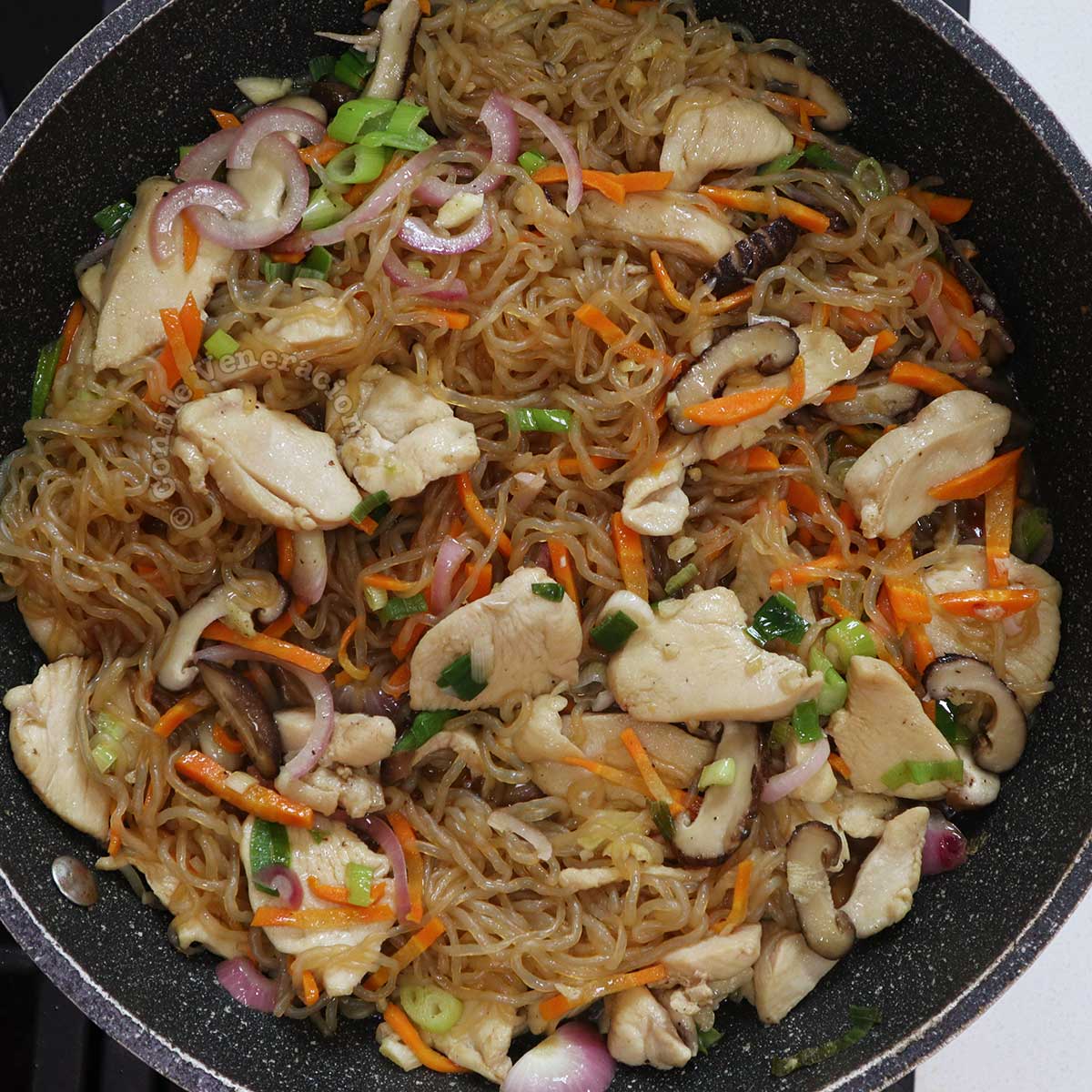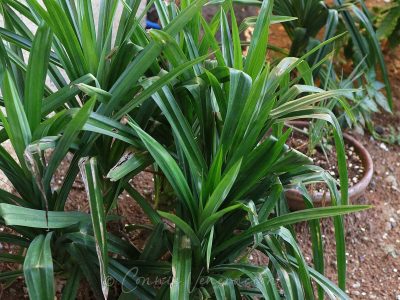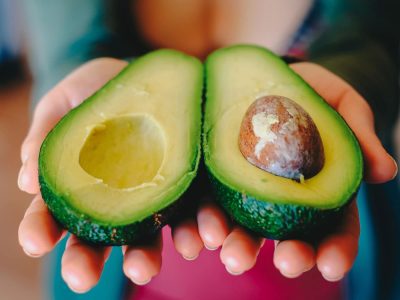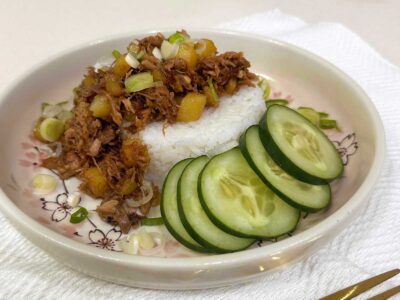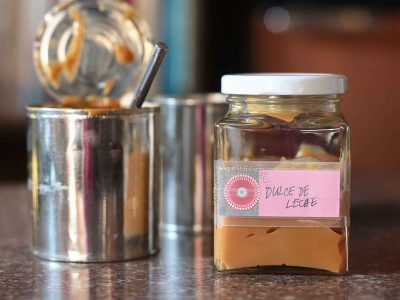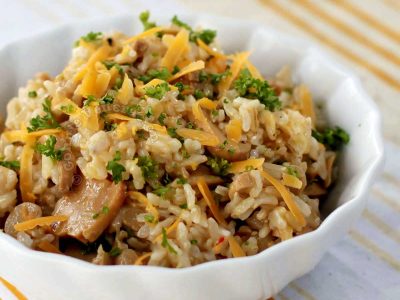What is shirataki?
Noodles made from konjac yam is shirataki. Translucent rather than transparent (like glass noodles made from root vegetables), the texture is closer to glass noodles than wheat noodles. Slippery and slightly chewy but not overly elastic like the Korean dangmyeon.
How to prepare shirataki for cooking
I read that shirataki is sold in dry and wet form. I’ve never come across dried shirataki but I was able to source the wet variety online, I ordered three 200-gram packs and followed the instructions printed on the package.
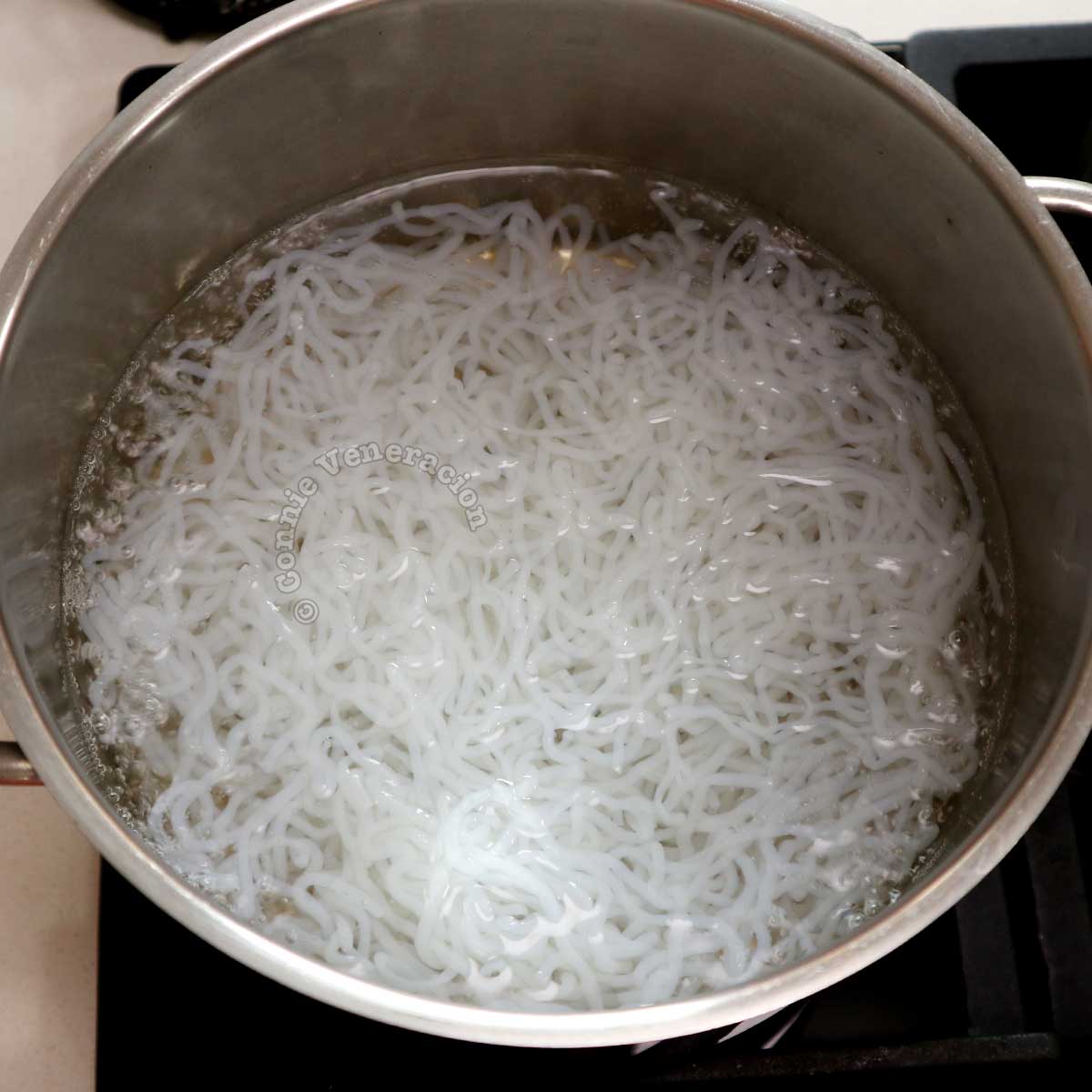
I drained the noodles, rinsed them under the tap then dumped them in a pot of boiling water. I let the noodles boil for three minutes, drained them then I went about prepping and cooking the chicken and vegetables that were going to into my stir fried noodle dish.
The cooked dish was lovely so I decided that writing about shirataki was worth the effort. I started doing background research and I was shocked to see a few articles lambasting shirataki andcalling it hideous and smellybecause it’s nothing like pasta.
Don’t be gullible: shirataki is not and will never mimic pasta
Konjac is the vegetable from which shirataki is made. It is a root vegetable whereas pasta is made from wheat grain. From that alone, it is utterly ridiculous to expect shirataki to have the same taste, texture and mouth feel of pasta.
Does shirataki have a bad smell?
Like any tuber, konjac has its own distinctive smell. The smell may not be apparent in dried form but wet shirataki is packed in liquid. If there is any pronounced smell that you find unpleasant (there was none in my experience), all you really have to do is rinse the noodles well, parboil them and drain them again.
Shirataki marketers are targeting dieters
Shirataki is high in fiber but low in carbohydrates and calories. With such charactertistics, outside Japan, it is being marketed as a keto dieter’s dream come true. And that’s what makes it pricey. To be more precise, it’s overpriced hype.
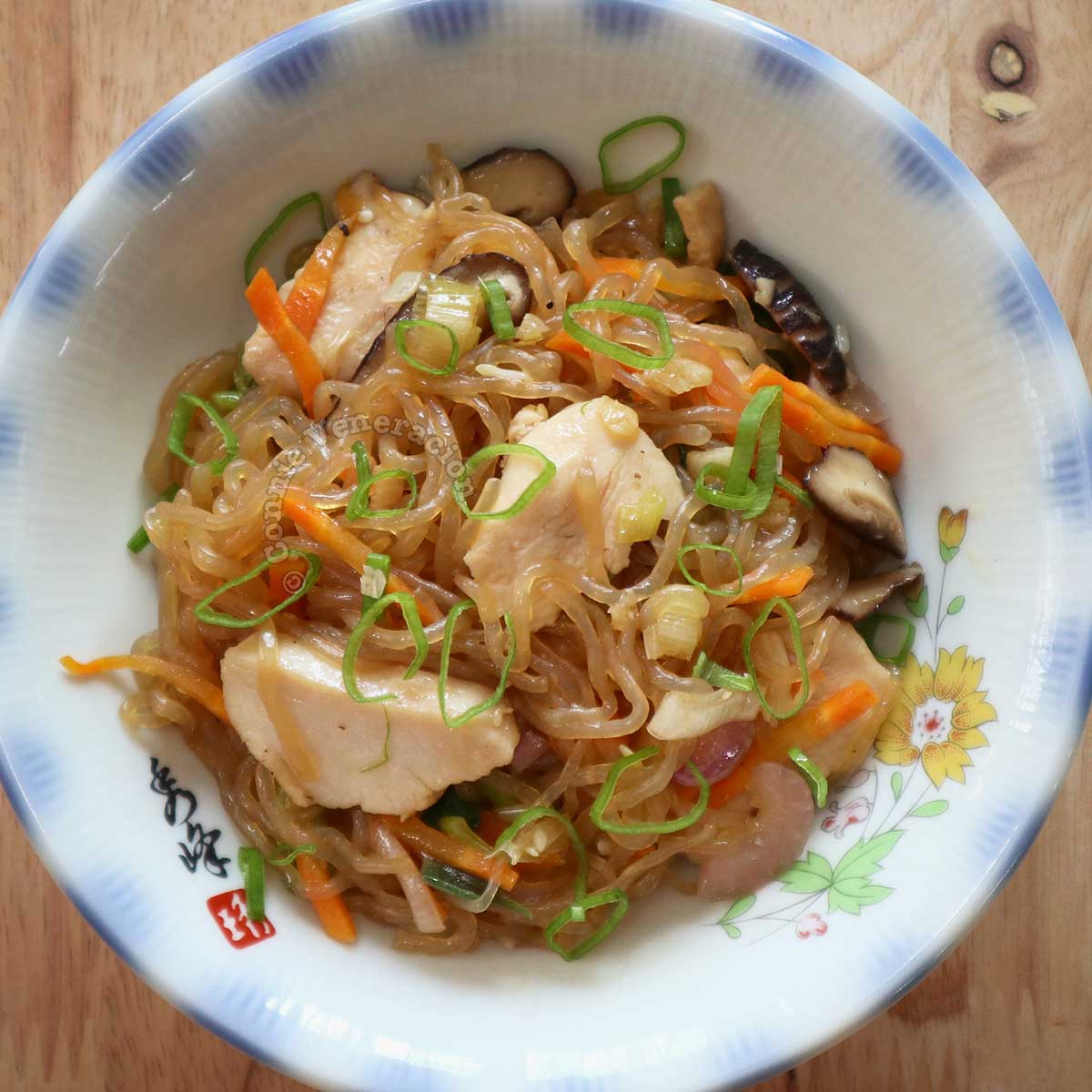
With terms like “miracle noodles”, “pasta”, “spaghetti” and “angel hair” printed prominently side by side with “low cal” and “low carb” on the package, well, I can understand how buyers, especially those watching their carb and calorie intake, get hooked.
It is probably easier for Asians to appreciate shirataki for what it is even without the low-cal-low-carb hype. We are, after all, traditional consumers of noodles made from root crops, including sweet potatoes and tapioca, aside from wheat-based and rice-based noodles. It can’t be as easy for non-Asians with one-dimensional noodle experience because they grew up eating only wheat-based noodles.
Personally, until I can travel again, go back to Japan and buy shirataki there at no-hype prices, I can live without it.

